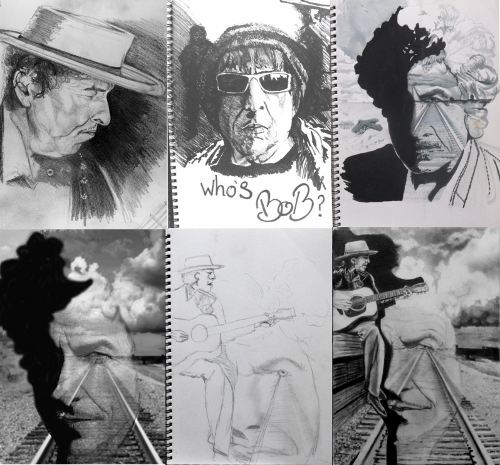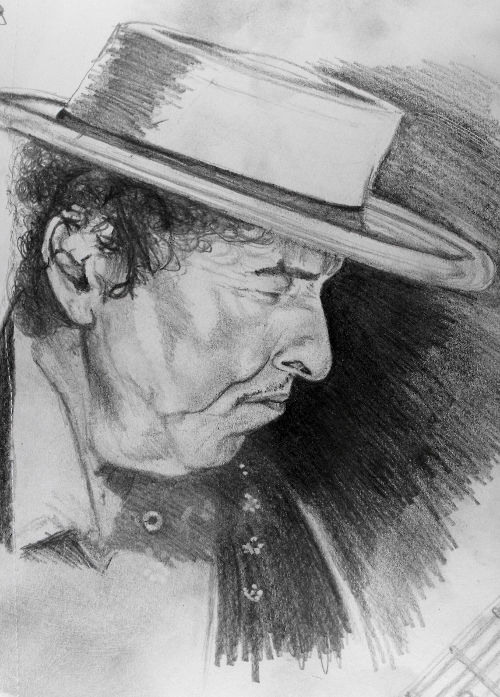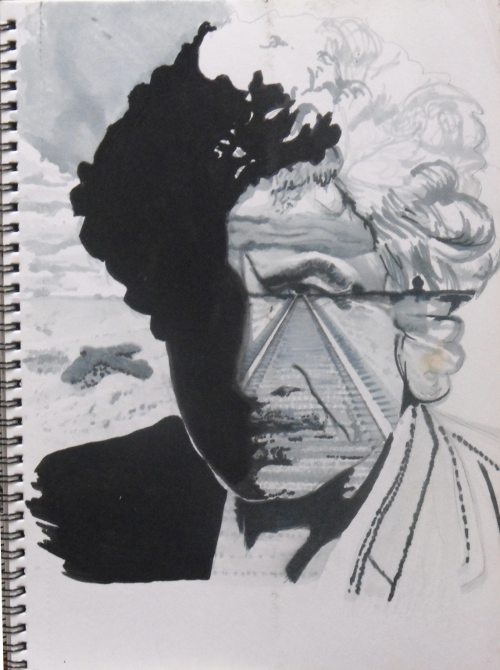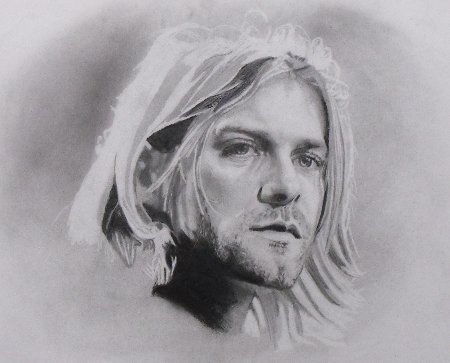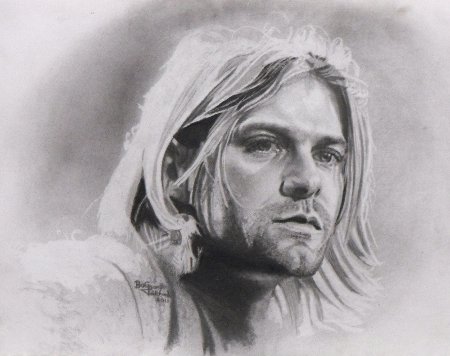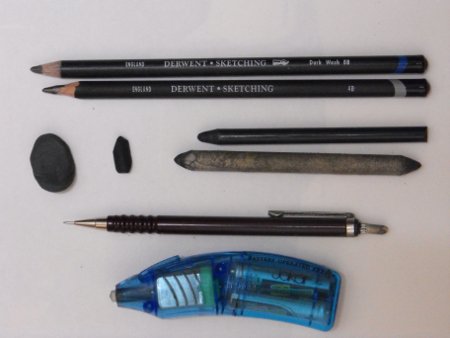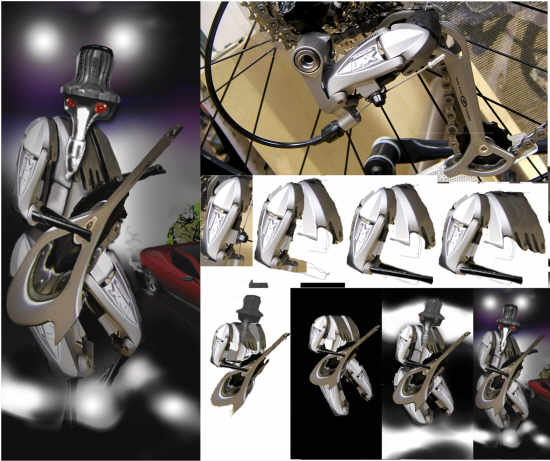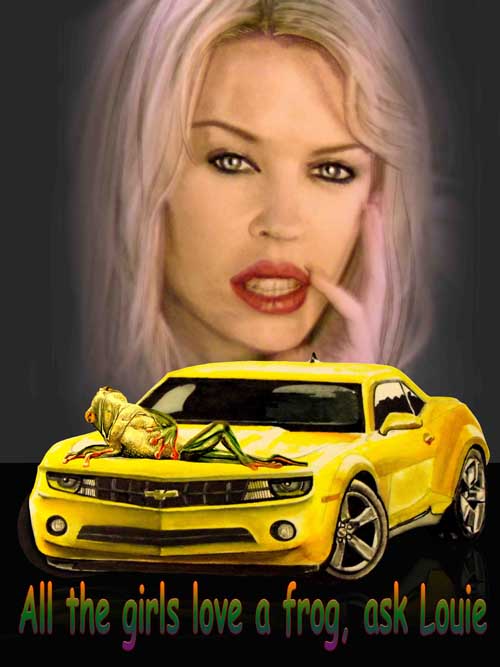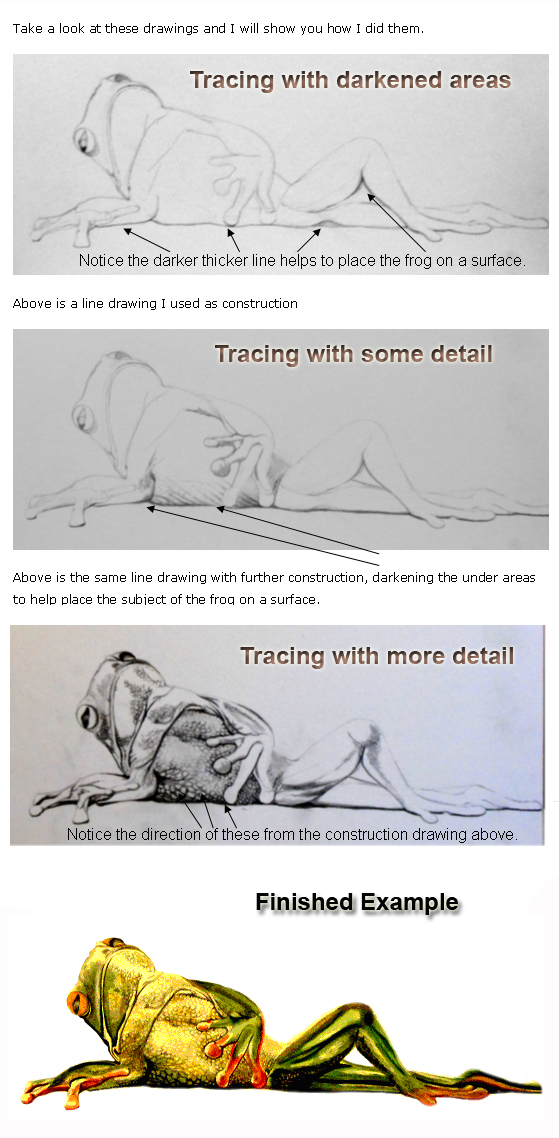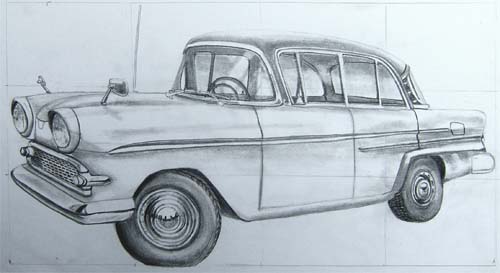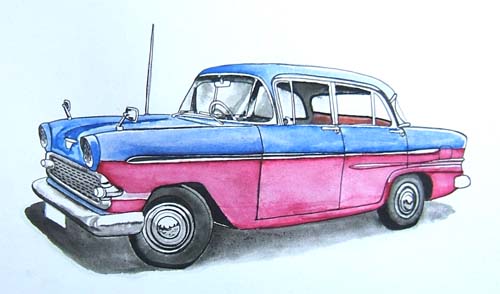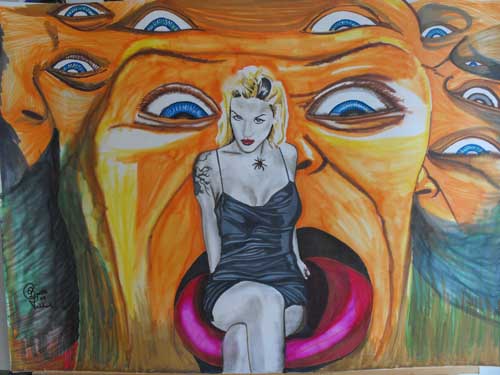Portrait drawing of Bob Dylan another cool drawing of his Bobness ( The never ending tour) to add to my collection. Like most things I do, there has to be a reason.
Portrait drawing, why Bob Dylan?
Let me tell you a story about a man who started work at 14 years of age, he was employed to work on the building of the Anglican Cathedral in Liverpool, the United Kingdom. This building was officially started in 1904 and ended in1978 after this man retired. This man worked his whole life in the same job, in the same place, for 51 years at least. I can’t remember his name so I can’t find an image to do a portrait drawing of him but I can find Bob Dylan.
His Bobness (Bob Dylan) has been doing this also. He was about 20 years old when he hit the New York music scene in 1961 and now 70, a grand total of 50+ years. If you take into account he was forming bands when he was in school, at a time when young people left at 14 or 15 years of age, then it might be 55 or more years.
His Bobness is still at this time, (2011) performing a stage performance on a regular basis and has been entertaining for the past 50+ years. Is that a good enough reason, to do a portrait drawing of Bob Dylan?
Regardless of any cash they did or didn’t make doing their life’s work, it must be seen as an achievement of the highest order, 50+ years doing the same job and being successful at it, is an outstanding achievement.
Bob Dylan has been on a never ending tour all his life having taken a little time off, now and then with sickness, as happens to us all. He tells us that he is just a song and dance man, nothing more, nothing less. One who just sings songs and is not prepared to wear anybody else’s crown. An entertainer, just like Arthur Lee or Julian Beever, artists all of them, so I did this portrait drawing, titled, The Never Ending Tour. Surely it was a worthy cause and good enough reason to do it?
The Never Ending Tour.
The first thought when doing this portrait drawing or perhaps even before I did the drawing, was I did not want to just copy a picture of Bob. That would just be a copy of someone else’s portrait and would not say very much more about the man or his life.
I spent a while doing some quick portrait drawing of Bob trying to find some ideas and get a feel for the features of his face. This is something I often do when portrait drawing as do lots of other artists. I also looked at hundreds of pictures of the man on line, in magazines and books.
Luckily many of my friends are fans of him so there is an abundance of material around me. These people are also like encyclopedias on the man, so I could find out lots of information about him. This helped me build up and hone in on this knowledge base to inform my thinking.
This also gave me plenty of opportunity to discus these ideas and get some feed back from real human beings. As well as what was going on inside my own head.
If you don’t put anything into the box then you are not going to get anything out of it, I always think.
Bob Dylan like many Americans during the 60s had idolized, Woody Guthrie, an American singer, songwriter and folk musician. Woody it seems was a man with a wonder lust, a traveling man, who jumped trains and lived as best he could, at times singing for a nickel or a dime. Bob Dylan perhaps because of the influence of his idol was much the same and spent some of his time with Woody, after seeking him out in New York during the last years of Woody’s life.
During both Wood’y and Bob’s time trains where a big and important part of a traveling man’s life. For both men there would have been a great deal of time spent around trains and stations. The rail road had to be a strong feature and influence in Dylan’s early life as well as well as woody’s. The never ending tour and the railways went hand in hand so had to be a feature in any Bob Dylan portrait drawing and also having a great significance towards it being a journey.
Success is a journey of many events.
The graphite pencil portrait drawing of Bob Dylan below was my first attempt at drawing him. I used graphite pencils, mostly a 2b and 4b. This was only a quick drawing but I do think I captured something of the man as he is nowadays in this drawing. Much older than the young man moving to New York in 1961.
The more you draw a persons face, the more you learn about it, so it is important to do this when trying to create something original from photographic information. Doing this also helps to find ideas for new concepts and ways of stating something in your drawing, as often they suggest ideas.
All of this together is more than good reason to do some preliminary drawing and also having a wish of creating something original it is necessary for feeding your imagination I think.
I found an image on line of Bob not looking like Bob at all, wearing a woolly hat and a jogging suit out for a jog. It was not your usual image so I had to have a go at drawing it just because of this reason and I was looking for something original. The drawing you will find below is another quick drawing with a black Sharpie marker pen.
Notice how I have put the suggestion of other images into the drawing as well, trying out ideas and trying to generate something new from the other drawing by looking for a way of combining them.
The image below was mostly drawn with maker pens, using different grey scale tones, I did the out line sketch with graphite pencil. I tried combining another image of a railway line into the drawing because I was trying ways of portraying something different to make the drawing original. The railway line idea became a good idea when I thought about it after because it would be a significant part of the never ending tour.
Now I had something to work with I created a photographic type image by combining different images together using a free photo editing software called GIMP Shop, this is the image below.
When I am working on idea I like to put them together in one place so I can see them all together and then keep looking at them looking for further ideas.
From looking at all these ideas together I came up with the idea that I could use the blacked out side of the face to bring something else into the image and after looking at it for a while I thought that I could make an image of somebody sitting down on a stool playing the guitar. This then instigated me doing a quick sketch of what it might look like and can be seen in the drawing below.
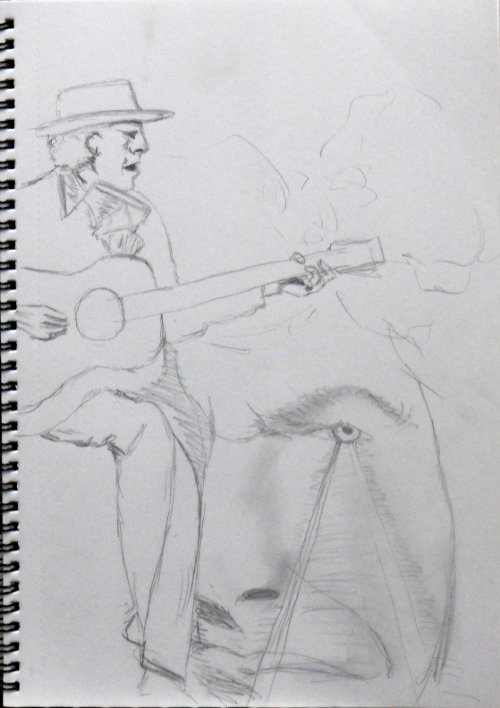 I now had the idea I was looking for, a story of the never ending tour, a younger Bob Dylan and older version, with a railway line between both so I then made the portrait drawing you can see below by taking bits from different photographs, combining them into something completely new.
I now had the idea I was looking for, a story of the never ending tour, a younger Bob Dylan and older version, with a railway line between both so I then made the portrait drawing you can see below by taking bits from different photographs, combining them into something completely new.
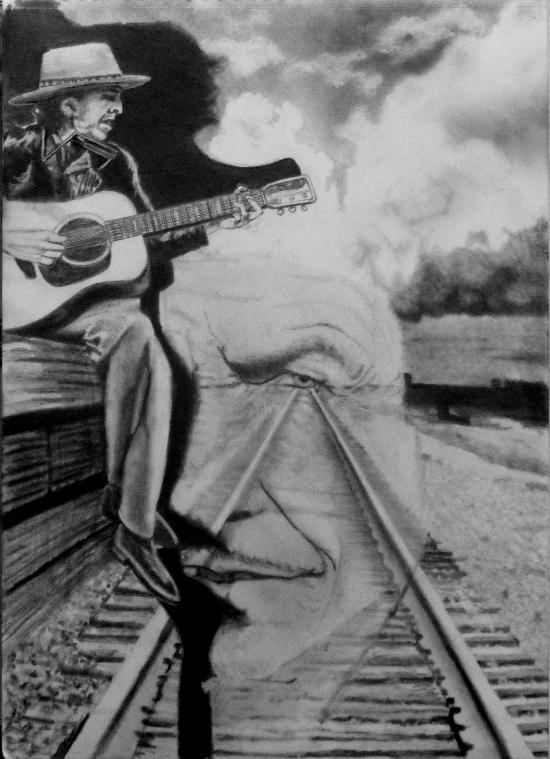
Bob Dylan portrait drawing, The never ending tour, 2011.
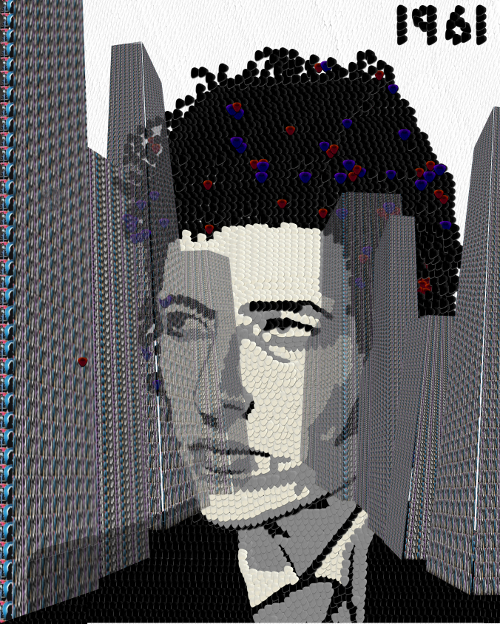
The video below was another experiment captured with a camera and illustrated with black Indian ink, a brush and some water.

